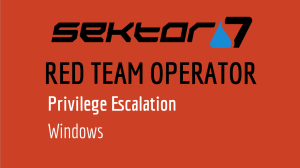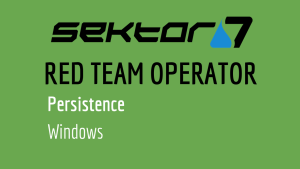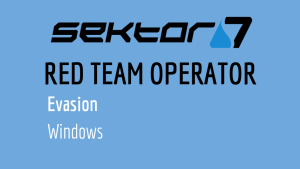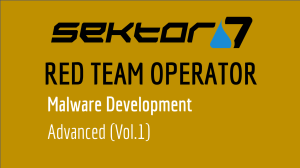
Let’s make it short. You’re interested in Windows security, right? Otherwise you wouldn’t be here. You are either led by natural curiosity of security researcher or doing penetration testing professionally, or both. And maybe you need to get better understanding of how privilege escalation works in Microsoft environments. So here’s what’s in the course. It is indeed about escalating privileges in Windows. But it’s not only about getting SYSTEM, as there are other shades of that tactic. From the course you’ll learn about becoming another user, breaking out from Medium to High Integrity Level, or from High to System, and abusing privileges assigned to your access token to get more powers on the box. You will get access to a complete testing environment with many misconfigurations and vulnerable services plus code templates with full building toolchain. As we usually do in SEKTOR7 it’s a ready-to-use package prepared for any student who’s willing to take some time and experiment and learn new things. So if you’re still interested, get on board, relax and take a great journey through the world of Windows security. You’ll love it!
Syllabus
Intro and Setup
Credentials
Unsecured Objects
Execution Flow Hijacking
Getting SYSTEM
Assigments





